Still, amid the chaos, order eventually returned. As the fires of revolution died down, the various anti-war parties founded together the Vestan Federation some 18 months later, in September 221, using their ideal constitution as a basis for the Vestan Security Act. Adoption for the public was difficult, but the new government made slow and steady progress. The following decades became centered around public adoption of the new government, consolidating its hold and legitimacy over the system. Little to no remarkable event took place during this period, save for the Great Exodus that occurred from 223 to 248, and Auriga slowly began to prosper once again. In an attempt to revitalize its economy, the Federation attempted its largest project yet: the restoration of Asteria to its prime. The project began in 272 and pooled the resources of the entire nation towards this goal, strengthening its unity and economy altogether. The Asterian Restoration Initiative would end a decade later in 284, resulting in a massive immigration towards the newly restored planet. This gave further momentum to the growing trade and shipping industry, slowly resulting in the creation of the global Elysian trade network that exists today. This slow but meticulous expansion led to the discovery of Medea in 289, and with it, the Enodian Ascendancy. An official end of the Interstellar War was later signed in 291, after which both nations remained in a state of cold war ever since.
Recent History
From 293 to 298, the Citadel, a new military headquarters to replace the defunct MINERVA station, was built to house the entirety of the Federation's military high command, who was previously located in a multitude of buildings. The construction quickly became the pride of many and a symbol of power for others, being the most fortified location on the entire planet. The next forty years remained relatively peaceful and uneventful, with the Federation settling in as Elysium's dominant power and consolidating its grip on Auriga and Ceryx with a multitude of infrastructure projects. In 337, a private venture led to the construction of an enormous space city, named Unity, in an attempt to revitalize the Ceryx system and improve its resilience against pirate attacks. Housing more and more denizens as its construction progressed, the Unity project eventually became an independent city-state after its completion in 357. As the city's sovereignty expanded to the entire asteroid belt, its government eventually named itself the Unity Concord. This Concord would eventually become a key stakeholder in the system's stability, as well as a major trade partner.
In 379, the Asterian Dominion, a union of extremist factions previously thought harmless, suddenly occupied several major cities, including the capital of New Calypso. This coup d'état marked the beginning of the Asterian Insurrection which lasted until mid-380. Taken by surprise by the sudden military occupation, Asteria's local Vestan Ground Defense Force units failed to quell the rebellion, resulting in a short but bloody guerilla war between the two sides. After 6 months of gruesome battle, the Insurrection ended in the catastrophic defeat of the Dominion and resulted in the deaths of more than 300 000 people, as well as the incarceration of nearly half a million prisoners. Unfortunately, the survivors of the war escaped into the more inhospitable regions of the planet, and continue to harass local forces to this day. While short, the Asterian Insurgency also showed to the world that the Federation was not to be taken lightly, with the VDF returning victorious without major casualties and without causing major damage. With the official investigation still ongoing, many are still worried about the Insurrection's true purpose, as the Dominion evidently had no chance of military nor political victory. As various think tanks published theories after theories, conspiracies eventually flooded the Net until the novelty died down among the younger generations.
Structure
The Federation is a centralized federal republic of 9 states with equal standing. It has a two-tier government with a first layer of global, nation-wide institutions and a second layer of regional, state-wide institutions. Each member state then has its own local levels of jurisdictions such as departments, districts and municipalities. In each cases, legislative and executive officials are elected by majority votes of citizens.
The government is defined and regulated by the Vestan Security Act, its de facto constitution. On the federal level, the government comprises three branches:
- Legislative: The federal Senate makes federal law, declares war, approves treaties, has the power of the purse, and has the power of impeachment, by which it can remove sitting members of the government. It has 540 voting members, 60 from each member state, that are elected by each state's citizens for three years.
- Executive: The chancellor is the commander-in-chief of the military and presides over the federal Council, which appoints and manages the federal ministers (subject to Senate approval) and other officers, who themselves administer and enforce federal laws and policies. The federal Council has 9 members, each being the elected representative of a member state for five years, with one of them presiding as its chancellor.
- Judicial: The Olympian Court and lower federal courts, whose judges are appointed by the Council with Senate approval, interpret laws and overturn those they find unconstitutional. The Olympian Court has 9 members, one from each member state, that are elected for ten years.
Culture
Throughout its tumultuous history, the Federation's people has always put great pride on its diversity. Inheriting and incorporating the many Earth-born cultures of the Founders, Vestan cultures and traditions vary a lot from state to state, or even city to city, with many traditions and practices unique to each of them. Global trade and emigration helps spread each of these culture's specificities, with many employers granting "flexible" holidays to accommodate their employees.
Due to the average life expectancy of 131 years, it is not uncommon for people to start over their careers two or three times until their retirement, currently held at 115 years old. With a universal basic income policy and heavily automated manual labor, the most common jobs are in the service industries, with the remaining jobs in the primary and secondary sectors being either familial, arts and crafts or managerial. Another popular sector is in military, paramilitary and aerospace sectors, with many young candidates looking for thrilling experiences and adventures. With much of the Federation's territory still unexplored and countless uncharted star systems, this trend is predicted to last many more decades.
Due to the rise of automated labor and advanced communication technologies, most jobs are performed remotely, with many apartments and houses having a dedicated office space. This helps reduce overall carbon footprint of cities and allows the construction of more public establishments like libraries, parks or administrative buildings in place of corporate offices. These offices are, of course, far from obsolete, with various architectural wonders to provide relaxing workspaces and impressive meeting rooms built in many cities.
Demography and Population
The global census of 382 estimated the total population of the Federation to 654 504 457, making it by far the most populated country in Elysium. With a fast and steady population growth of 1,98% each year, it is expected to reach 1 billion in the 400s and to stabilize at 2,5 billions in the 450s. The current population is primarily located in urban areas, followed by rural towns and small cities. At the end of 382, the Federation's nine states were populated as follows:
- Astrel: 179 268 771
- Yushan: 174 359 987
- Navara: 165 393 276
- Asteria: 96 473 957
- Cardea: 17 998 873
- Atalanta: 9 032 162
- Sowings: 6 806 846
- Luteria: 4 450 630
- Stannus: 719 955
Territories
The Federation streches over more than 1.2 billion square kilometers, most of it remaining unexplored or uninhabited to this day. All of this territory is divided into nine states, which are spread across seven planets and two systems, making the Federation the largest nation known to man. These states often encompass a planet and its surroundings, dividing planetary systems in orbital regions, with the exception of Vesta. These nine states are as follow:
Core states
Astrel
Formerly known as the Astrelan Republic, Astrel is one of the core states of the Federation. Covering the entirety of Vesta's largest continent, it is the leading economic and industrial power in the Federation, as well as the home to most of its political institutions.
Yushan
Formerly known as the United Kingdoms of Yushan, Yushan is one of the core states of the Federation. Covering the entirety of Vesta's second largest continent, it is an agricultural powerhouse as well as the home to most of Vesta's military industry.
Navara
Formerly known as the Navaran Directorate, Navara is one of the core states of the Federation. Covering the entirety of Vesta's smallest continent, it is the heart of Vesta's research and development, as well as a major touristic destination.
Inner States
Atalanta
Covering both the planet of Atalanta as well as its orbital space, the state of Atalanta houses numerous mining and research facilities scattered on its surface. These facilities naturally led to the birth of numerous towns and cities, although these remain far from hospitable for most people. A large number of military training and testing grounds are also located in Atalanta.
Sowings
Sowings is a small state that covers half of Auriga's asteroid belt, with the other belonging to the state of Luteria. Centered on the small planetoid of 7-Sowings, it serves as the hub of this section of the asteroid belt. Its unique soil composition and high exposure to solar radiation made it suitable for hydroponic farming, allowing the region to reduce its logistic strains.
Luteria
The state of Luteria covers the other half of the Aurigan system's asteroid belt. Centered on the planet of 2-Luteria, which itself is rich in minerals, it most importantly serves as the hub for this section of the asteroid belt's operations, centralizing its imports and exports into one location with numerous drydocks and shipyards to support it. Several military shipyards are also in its orbit, as well as other military bases.
Outer States
Asteria
Asteria is the Federation's only territory beyond the Aurigan system. While still claimed by the Ascendancy, Asteria is the only legitimate Vestan terriroty within Ceryx, as the rest of the system is either contested or claimed by Unity. The planet itself is the second most populated world of the Federation, despite the pollution left by its radioactive dust storms inherited from the Interstellar War.
Cardea
The state of Cardea is by far the second most important location of Auriga after Vesta. Centered on the gas giant of Cardea, the state comprises numerous gas extraction stations, producing much of the Federation's fuel supply. The planet's natural satellites host a myriad of mining outposts and refineries, as well as the towns to support them. Several military installations are also present to safeguard this strategically vital location.
Stannus
The state of Stannus is the smallest of all nine, as it is centered around Stannus, a class I ice giant and the fifth and farthest planet of the Aurigan system. Fundamentally serving as the outer border of the Aurigan system, the planet's natural satellites host several observation stations as well as military bases to serve as the first line of defense against potential invaders. This makes it a very poor destination for civilians and only the hardiest military families have settled there.
Military
The Federation is protected by the Vestan Defense Forces, which are led by the Vestan Strategic Command, itself a component of the Ministry of Defense, and comprises three branches: the Vestan Aerospace Defense Force, the Vestan Ground Defense Force and the Vestan Maritime Defense Force. With all three branches of the military reporting nearly 2,5 million total active personnel in 382, the VDF are the largest military force of Elysium, followed by the Enodian Militant Wings and their 1,3 million personnel. Despite this numeric advantage, the VDF primarily rely on human operators, both for ethical and political reasons, and thus have a lower Tooth-to-Tail ratio than their Enodian counterparts, with only 28% of all active personnel being assigned to combat roles. This priorization of human operators, with autonomous drones taking a secondary role only, is primarily due to the fears of de-humanizing war and abusing power like the defunct MINERVA government, and is thus one of the main policies of the VDF. Military service in the Federation is voluntary, with an average recruitment rate of 0.43% every year. While mandatory conscription could still be activated, modern military doctrine renders the practice almost obsolete.
The VDF are present in all corners of the Federation, protecting its interests in its territory and beyond. Numerous fleets of the ADF patrol the systems of Auriga and Ceryx, while others perform various missions throughout Elysium. The 77 combined arms divisions of the GDF are spread across all nine states of the Federation and maintain bases of operations in proximity of every major population center. The MDF is also constantly sailing the seas and oceans of Vesta and Asteria, escorting trade ships and hunting down large hostile sea-faring creatures. Despite this omni-presence, however, the mobilization and deployment of a large force still requires time, as the Asterian Insurrection demonstrated. Nevertheless, the same conflict also showed that even a relatively small force of the VDF remains a force to be reckoned with, a fact that most had begun to doubt after the recent military improvements of the Enodian forces.
Technological level
The Federation is not the most technologically advanced nation in Elysium, but regularily obtains patents over recovered knowledge of Old Earth and their associated developments. In addition, its booming economy and large population has made the Federation one of the largest investors in research and development in the world, far surpassing even the Ascendancy in raw numbers. This has enabled the Federation to develop its own AI programs to compete with the Enodian ASTIs, though with more limited success due to their power consumption and hardware requirements. In addition, the Federation is the most advanced hydrogen user as well as its first producer in the world, making the entire nation reliant on the abundant gas to power its cities and vehicles. In short, what the Federation lacks in dedicated energy and AI research, it makes up for in industrial and economical applications.
Foreign relations
Ascendant Enodian Empire
Ever since the peace treaty of 291, relations with the Ascendancy have remained cold at best. Both nations view their counterpart as rivals and aim to gain the upper hand in this unofficial cold war. While embassies and official channels are in place between both nations, the almost non-existent trade and emigration has left very little hope for relations to improve in the coming years.
Elysian Security Organization
The Federation continues to improve its relations with ESO, although the organization's skepticism and general distrust makes the process difficult. Embassies and open trade have been instaured for decades, and while the various trade agreements have been successful for both parties, diplomatic relations have not improved much from the Great Exodus, and both nations remain wary of each other.
Sanctioned Council of Unity
The Federation has close ties with the Unity Concord, with unrestricted trade and emigration policy. With embassies established on both sides, both nations have signed a non-aggression pact since the Concord's establishment, but no official alliance. The Concord has long since become the main commercial partner of the Federation, generating more than 30% of all tax revenue from Vestan exports alone.
Agriculture
Vestan agriculture is primarily based on xeno-agriculture, using local plants and animals in their "natural" habitat. This allows each state to have its own, unique, food industry and promotes domestic and international trade. More than 80% of all agricultural products produced in the federation come from such xeno-farms and related facilities. Earth-based food are also produced thanks to the Ulysses' massive DNA repository, although the limited quantity produced each year led to these Earth-based food becoming luxury products. Planets without any arable land instead rely on advanced hydroponic and aeroponic farms to support themselves, though food import remains the main source of ingredients. Vesta and Asteria, despite heavy restrictions on environmental impacts, are Elysium's leading producers of agricultural goods.
Industry
Vestan industry primarily relies on space mining from asteroid belts and moons to preserve the ecosystems of Vesta and Asteria. Manufactured products are assembled in regulated factories and orbital facilities, where pollutants can easily be contained, while raw materials are shipped from stations to orbital refineries across Auriga. Ceryx was also once an industrialized system, but ever since the Interstellar War, most of the system's facilities were lost and never recovered. As a result, Auriga alone produces more than 90% of the Federation's industrial output, with Ceryx relying mainly on imports of manufactured goods and exports of raw minerals to support its economy. This results in a rather disparate industrial capacity between the two systems, and while Unity attempts to bridge the gap, Ceryx is still predicted to take decades to become self-sufficient again.
During the early days of the Expansion Era, continued growth and the new colonization efforts were predicted to cause too much strain on the existing industrial capabilities of Vesta. For this reason, the largest manufacturing corporations established the Universal Templates, a collection of patterns and designs aimed at unifying manufacturing processes and compatibilities. These go from the simple smart terminal charging port to the high-voltage power cables and power plugs found on heavy machinery, or even the nuclear fuel pellets used in every power plant. With every company legally obligated to follow them, UTs have been a key factor for mankind’s rapid expansion but also promoted competition. This highly competitive economic environment prompted corporations and citizens to reach even further, literally and figuratively.
Economy
Domestic trade plays a major role in the Federation's economy. Representing nearly 70% of the civilian traffic, millions of tons of goods are exchanged every year, satisfying the needs of every state and providing a hefty sum in sales tax revenue. Domestic and international trade is mostly handled by major trading companies, with numerous sub-contractors and transport companies. The most commonly exported commodities are food, manufactured goods and rare minerals.
To support this trade economy, the Federation has an extensive logistic and communication network across its entire territory. The most prominent infrastructure built by the Federation is its trade station network, an endeavor that took more than a decade to finalize. These large constructions allow ships to travel from system to system while paying a small toll, allowing crews to rest while the ship is frequently resupplied. This network, while expensive to build and maintain, has generated an enormous revenue since its construction. It also serves as the backbone of Elysium's communication network.
This trade network is supplemented by a network of radio and laser transmitter stations to relay communications throughout all of Elysium. While still taking hours if not days for news to travel from system to system, this near-real-time communication network maintains the integrity of the entire human race. Simply referred to as the "Net", it is the spiritual successor to Old Earth's Internet and the foundation to the Federation's freedom of speech and information. As such, neither this network nor the trade stations it relies on is directly in control of the Federation, but of several private companies instead.
For public transportation, each state has an extensive maglev network for inter-city travels, commonly referred to as the Trans-Continental Express, or TCE. This ground-based maglev is supplanted by numerous air lines, roads and ships, depending on the state's infrastructure and requirements.
Education
Vestan citizens are highly educated, as manual labor is almost non-existent for job openings. Public education is managed by each state, under the guidelines of the Ministry of Education. Starting from age five or six with kindergarten, it remains mandatory until the end of high school at age 18. Students then enroll for college, universities or graduate schools for several more years before joining the workforce. Due to the many advantages and government subsidies provided by the student status, it is not uncommon for students to undertake two or more courses, starting their first job in their late 20s.
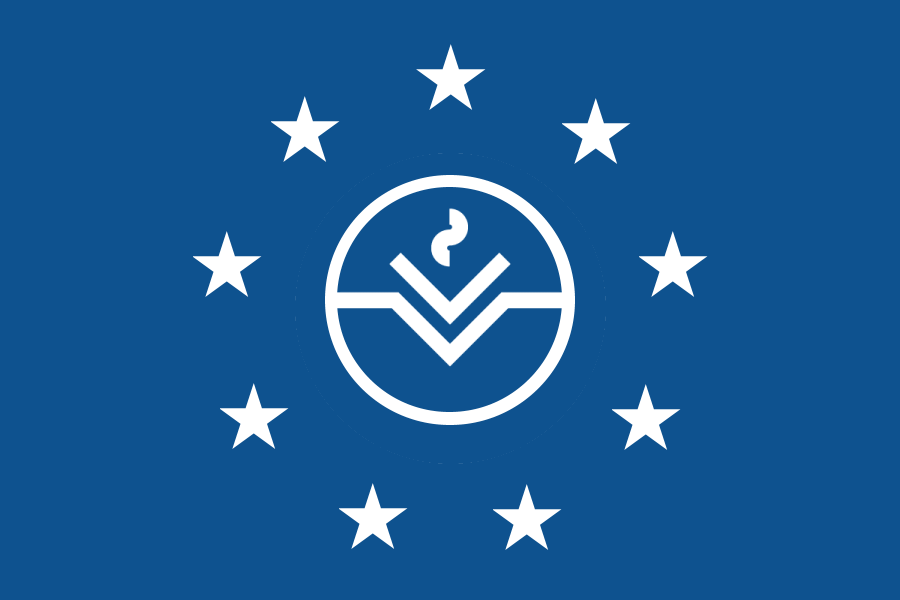


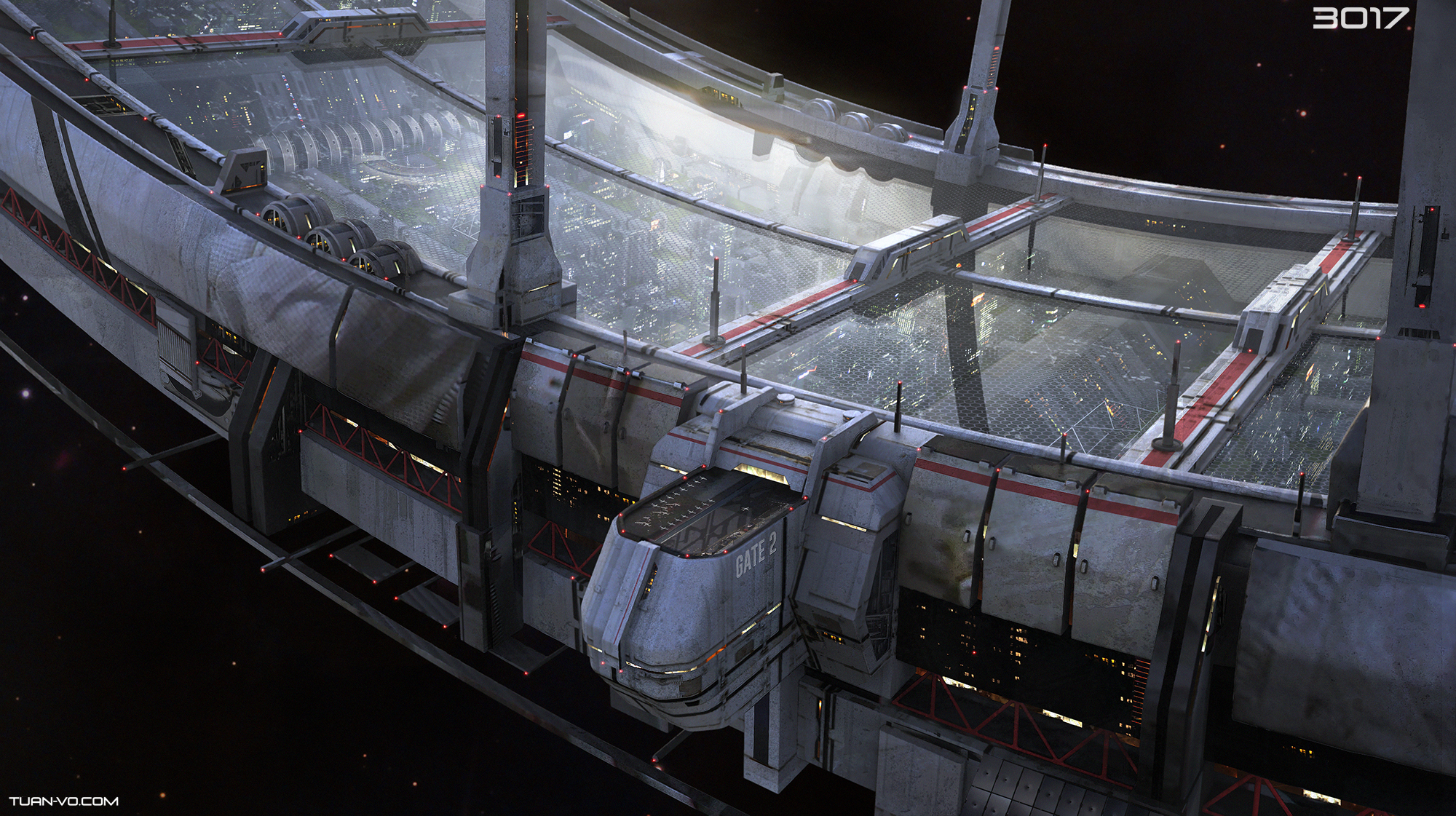
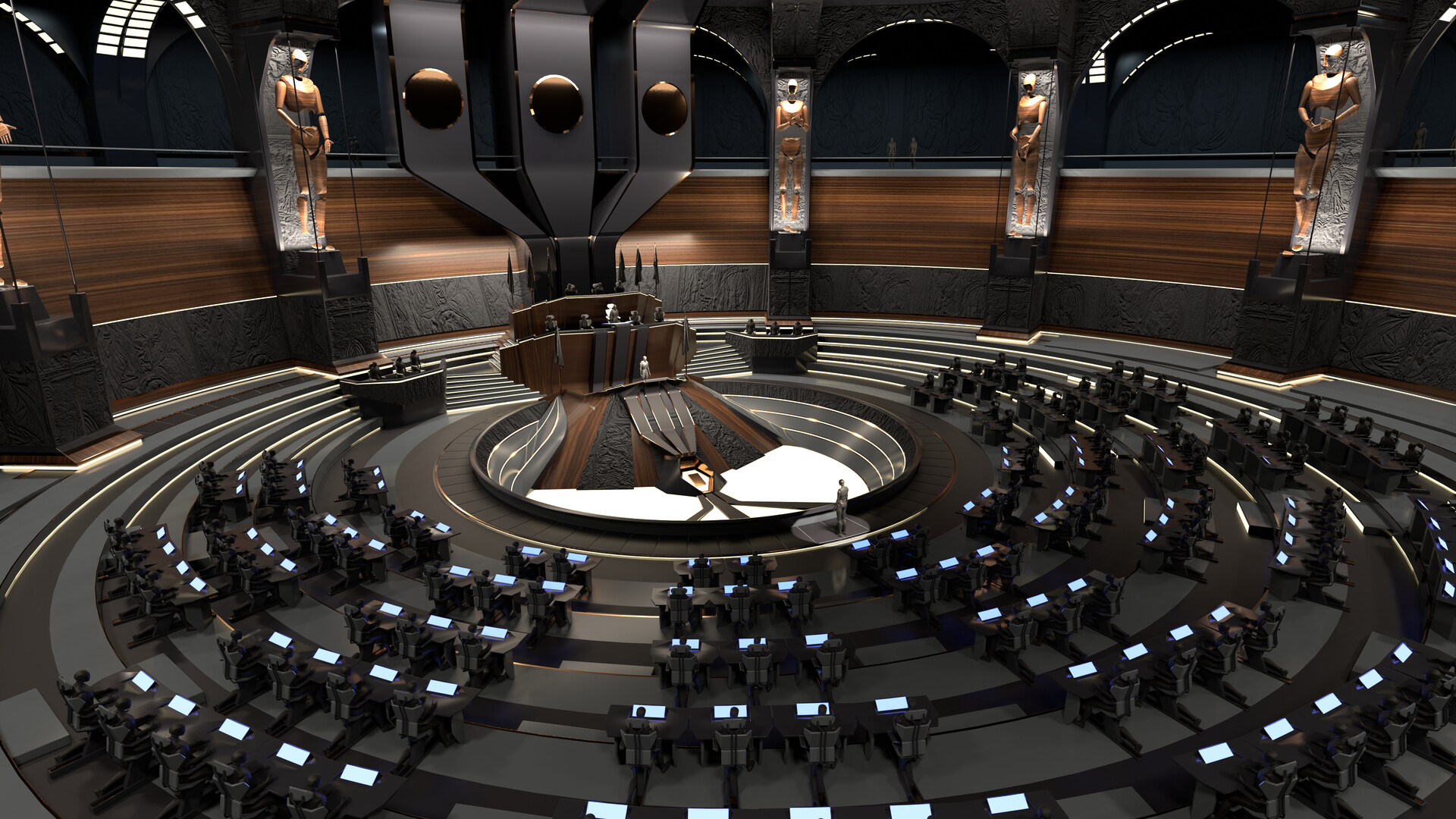
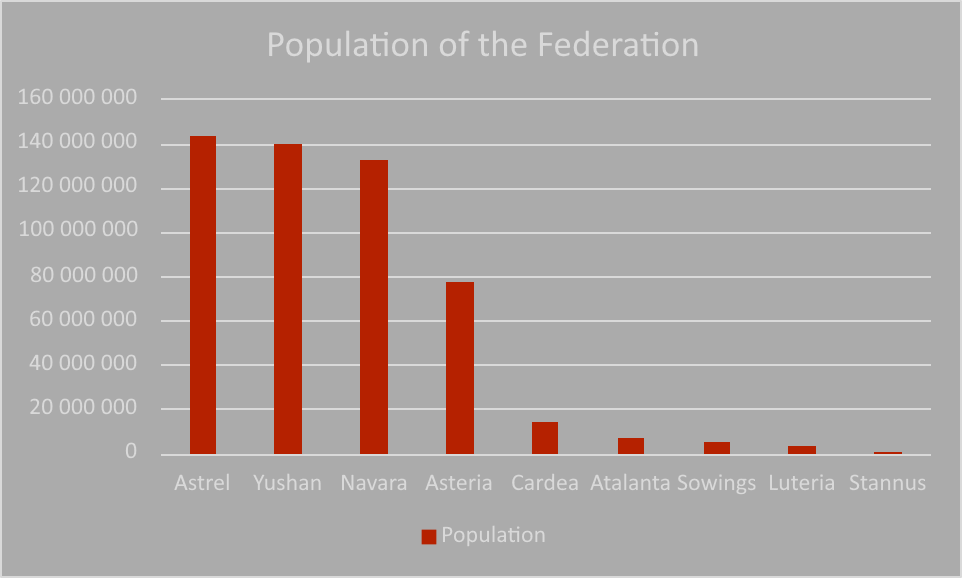
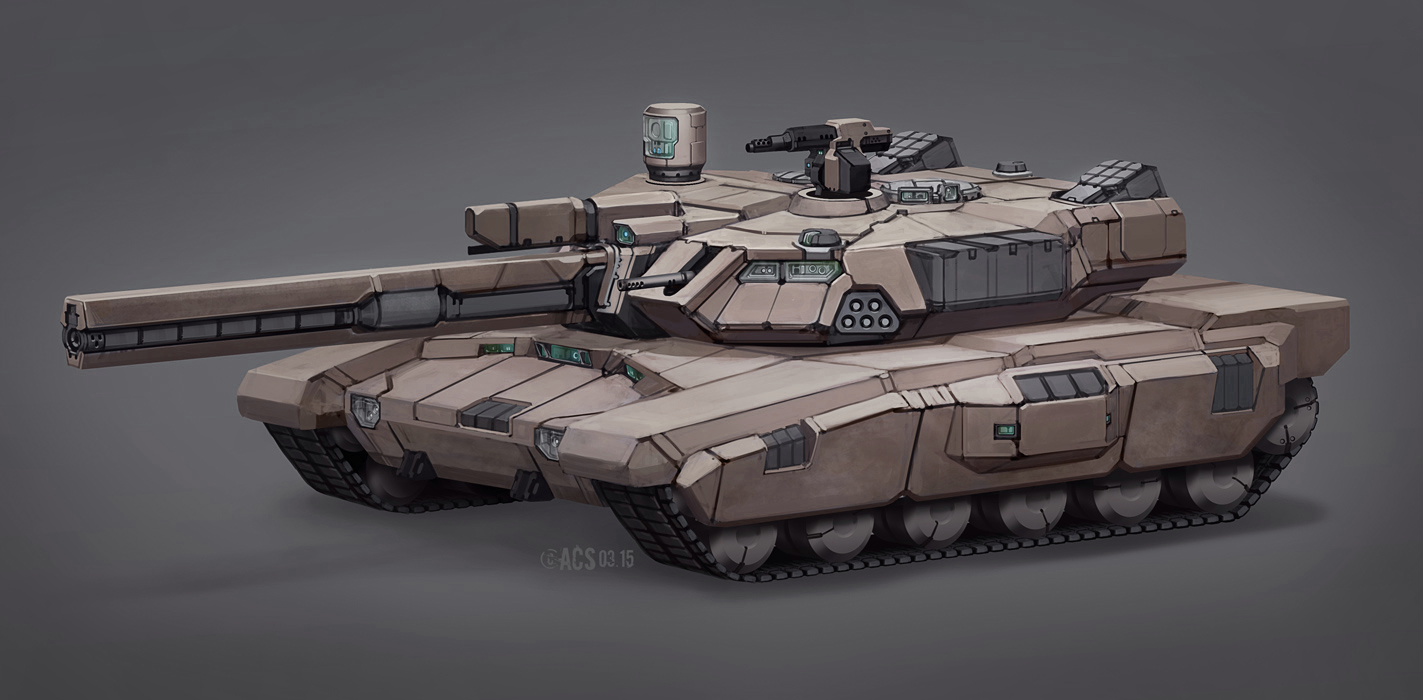
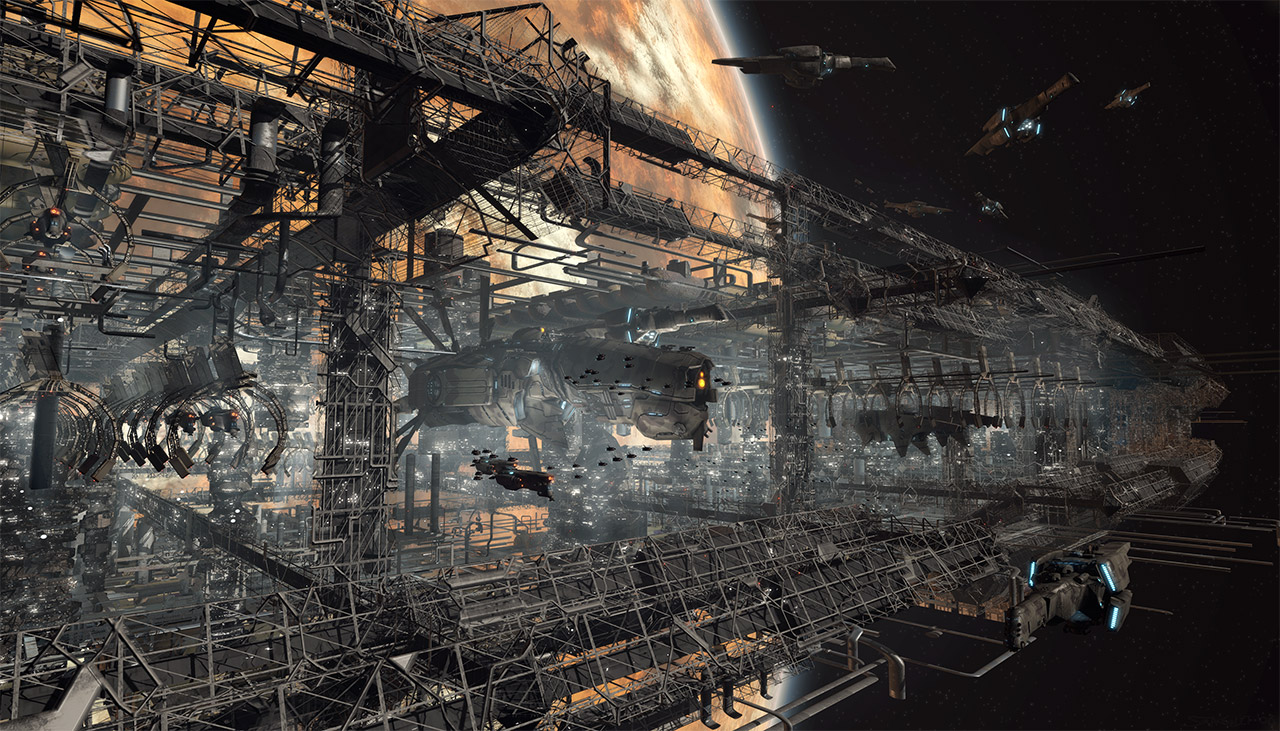

Comments